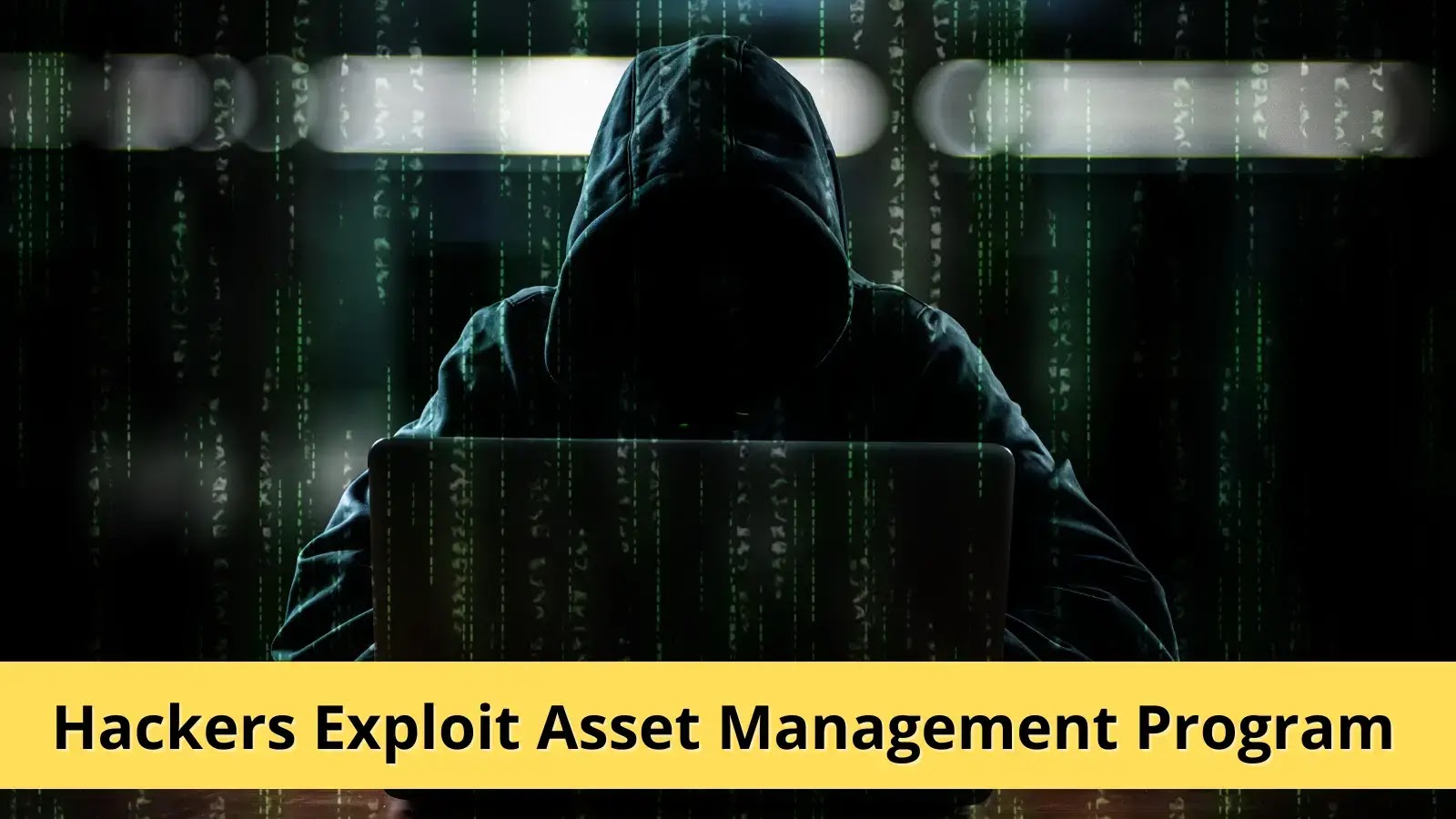Hackers Exploit ConnectWise ScreenConnect Flaws to Deploy TODDLERSHARK Malware
North Korean threat actors have exploited the recently disclosed security flaws in ConnectWise ScreenConnect to deploy a new malware called TODDLERSHARK.
According to a report shared by Kroll with The Hacker News, TODDLERSHARK overlaps with known Kimsuky malware such as BabyShark and ReconShark.
“The threat actor gained access to the victim workstation by exploiting the exposed setup wizard of the ScreenConnect application,” security researchers Keith Wojcieszek, George Glass, and Dave Truman said.
“They then leveraged their now ‘hands on keyboard’ access to use cmd.exe to execute mshta.exe with a URL to the Visual Basic (VB) based malware.”
The ConnectWise flaws in question are CVE-2024-1708 and CVE-2024-1709, which came to light last month and have since come under heavy exploitation by multiple threat actors to deliver cryptocurrency miners, ransomware, remote access trojans, and stealer malware.
Kimsuky, also known as APT43, ARCHIPELAGO, Black Banshee, Emerald Sleet (previously Thallium), KTA082, Nickel Kimball, and Velvet Chollima, has steadily expanded its malware arsenal to include new tools, the most recent being GoBear and Troll Stealer.
BabyShark, first discovered in late 2018, is launched using an HTML Application (HTA) file. Once launched, the VB script malware exfiltrates system information to a command-and-control (C2) server, maintains persistence on the system, and awaits further instruction from the operator.
Then in May 2023, a variant of BabyShark dubbed ReconShark was observed being delivered to specifically targeted individuals through spear-phishing emails. TODDLERSHARK is assessed to be the latest evolution of the same malware due to code and behavioral similarities.
The malware, besides using a scheduled task for persistence, is engineered to capture and exfiltrate sensitive information about the compromised hosts, thereby acting as a valuable reconnaissance tool.
TODDLERSHARK “exhibits elements of polymorphic behavior in the form of changing identity strings in code, changing the position of code via generated junk code, and using uniquely generate C2 URLs, which could make this malware hard to detect in…




